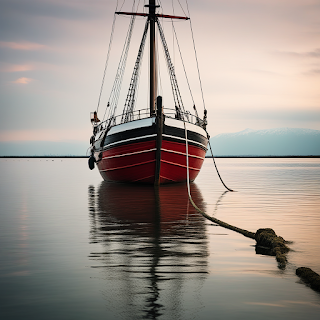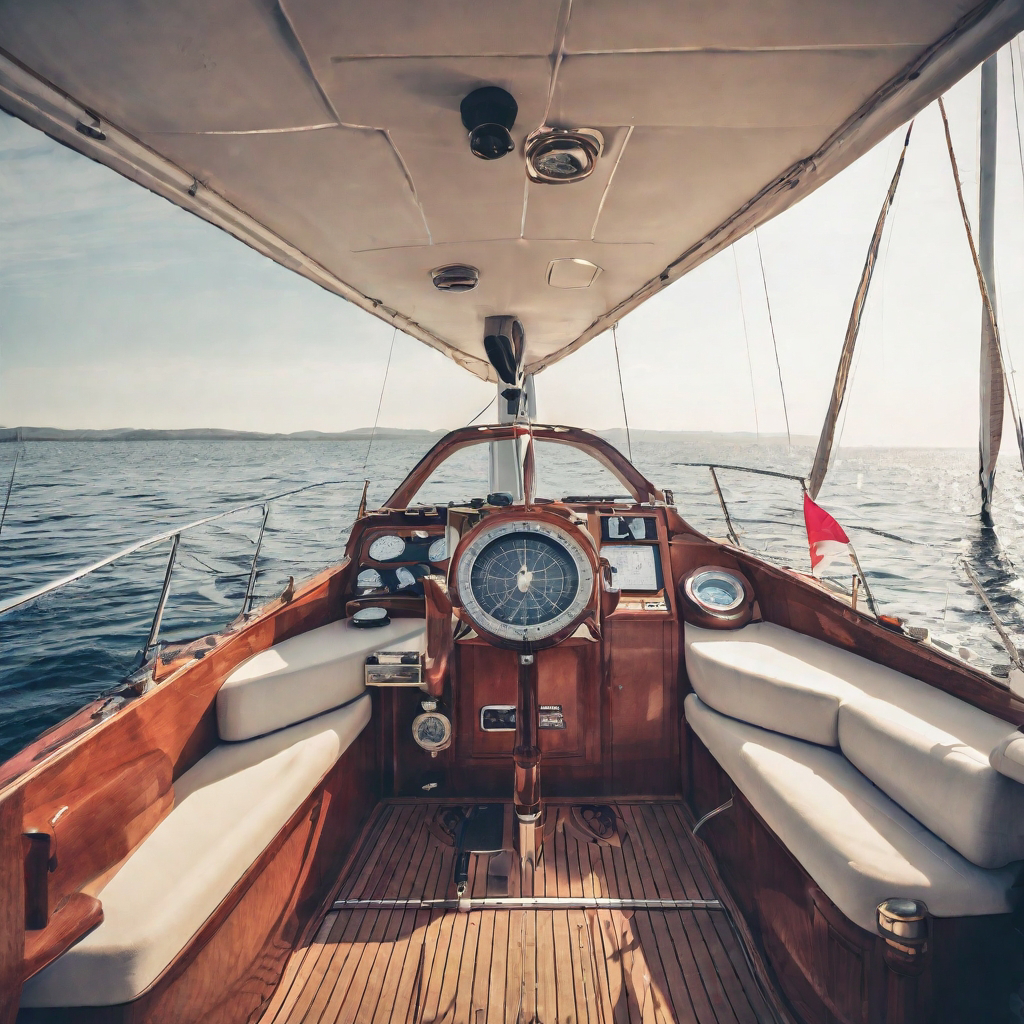What is mooring and anchoring in yachting?
Mooring and anchoring are two essential techniques used by sailors to secure a vessel in a specific location. Here's some information about mooring and anchoring:
Anchoring:
Anchoring involves setting an anchor to hold a vessel in place. The anchor is a heavy object with a design that allows it to dig into the seabed and provide sufficient holding power. Here are some key aspects of anchoring:
1. Anchor Selection: Choosing the correct anchor type and size is crucial for effective anchoring. The choice depends on factors such as the size of the vessel, seabed conditions (e.g., sand, mud, or rock), and expected weather conditions. Common anchor types include the plow anchor, Danforth anchor, and the modern Rocna or Manson anchors.
2. Anchoring Procedure: When anchoring, follow these general steps:
a. Approach the desired anchoring location slowly and position the vessel into the wind or current.
b. Lower the anchor using the anchor windlass or by hand until it reaches the seabed.
c. Allow the vessel to drift back slowly while paying out the anchor rode (chain and/or rope) to achieve the desired scope (the ratio of the length of rode to the depth of the water).
d. Set the anchor by applying reverse engine power or by letting the vessel's momentum and wind pressure pull on the anchor.
e. Once the anchor is set, secure the anchor rode to a cleat or a windlass to prevent it from slipping.
3. Monitoring: When anchored, it's important to monitor the vessel's position and the anchor's holding. Keep an eye on the anchor's position relative to landmarks or using GPS systems. Sudden changes in wind or current conditions can affect the anchor's holding, so vigilance is necessary.
4. Weighing Anchor: To retrieve the anchor, follow the reverse process of anchoring. Slowly approach the anchor, taking in the anchor rode while maintaining tension. Once the anchor is recovered, secure it and stow it properly.
Mooring:
Mooring involves securing a vessel to a fixed buoy, dock, or mooring ball. Unlike anchoring, mooring relies on existing fixed structures rather than an anchor dug into the seabed. Here are some key aspects of mooring:
1. Mooring Equipment: Mooring equipment typically includes mooring lines (ropes or cables), fenders (to protect the vessel from contact with the dock or buoy), and appropriate hardware for attaching the lines to the vessel.
2. Mooring Procedure: The mooring procedure involves approaching the mooring point, securing the vessel to it, and ensuring stability. The exact procedure may vary depending on the type of mooring system and the specific location. It often involves attaching mooring lines to cleats or bollards on the vessel and the mooring point.
3. Mooring Lines: Mooring lines should be of appropriate length, strength, and material to handle the vessel's size and the expected loads. They should be properly secured to the vessel and adjusted to ensure the vessel remains in a stable position.
4. Mooring Maintenance: Regular inspection of mooring lines, hardware, and fittings is essential to ensure their integrity. Mooring lines can deteriorate over time due to UV exposure, chafing, or wear and tear, so they should be replaced when necessary.
It's important to note that local regulations and practices may vary regarding anchoring and mooring. Therefore, it's advisable to consult local maritime authorities or obtain specific information about the area you plan to anchor or moor in to ensure compliance with local rules and regulations. Additionally, understanding weather and tidal conditions, as well as seeking local knowledge, can contribute to safe and effective mooring and anchoring practices.



Comments
Post a Comment